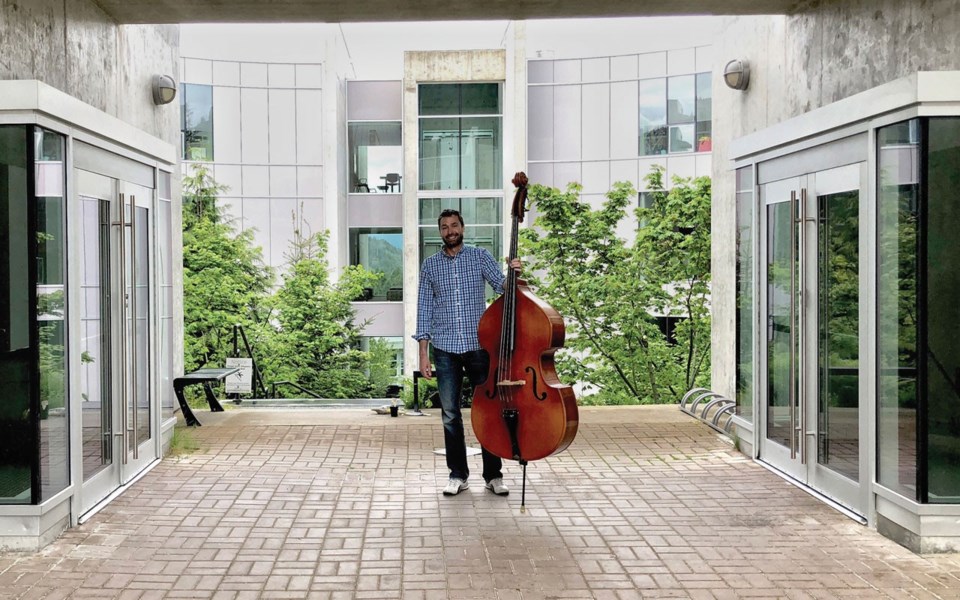Music might not be the first thing that comes to mind when you think of mountain biking, but a Quest University professor says it's a huge component of riders' experience with the sport.
In his presentation at the Whistler Public Library on Jan. 9, Jeff Warren discussed the various ways mountain bike films employ music and the polarizing reactions those choices generate.
During his talk, Warren highlighted several video segments, illustrating an evolution in the types of songs filmmakers use.
To start off, Warren played what many consider to be a masterful example of pairing music and mountain biking: Brandon Semenuk's segment from the 2015 film unReal.
Captured in one spectacular shot, the segment plays to Buffalo Springfield's "For What It's Worth."
"From a research perspective, I'm interested in why some people might think of this as great and why some might disagree," explains Warren, who got into mountain biking after moving to Squamish about six years ago.
The clip can be interpreted in many different ways, from a glorious example of pairing music to riding, to "a misuse of a counter-culture protest song that's been received as something that's for civil rights and anti-war."
Many, acknowledges Warren, dig it, whether it's the idyllic scenery or the "smoothness of Brandon Semenuk's riding."
The use of a laidback '60s anthem for a mountain bike film is representative of a larger shift in mountain biking culture, explains Warren. In its early days, the sport was dominated by high-energy, guitar-driven music, reflecting the rebellious nature of the sport. "I don't think a clip like that would have gone over 20 years ago," he says.
Warren also played a video featuring Remi Gauvin shredding Squamish, set to an experimental Bon Iver song. "The pairing of a musical act, once associated with woodsy folk and now turning to electronic, is a provocative pairing," says Warren. "But it's part of a growing trend, expanding the musical pallet of mountain biking films."
Warren also notes another trend in mountain bike films—not using music at all.
He then showed a clip from Red Bull's Raw 100 music video series featuring (once again) Semenuk and lots of bike noise.
"What's interesting here is that even though it claims to be raw, this is a carefully constructed soundscape that's every bit as idealized and aspirational as any of the other films we looked at with music," says Warren. "It creates an ideal that riders aspire to—to hear the rip of the corners, to hear the hub disengage in the air.
"Of course, these things do happen while riding, but they're in a context of other sounds that dominate: breathing, wind rushing through your ears. If we added those sounds, they would have covered most of (the others)."
Following his presentation, Warren said he hopes to turn his research—which he is working on with Quest sociologist Dr. John Reid-Hresko—into "at least" a couple of scholarly articles and potentially a book.
"We're hoping to do something that's useful as a piece of research, but also something that might be valuable for a wider community of people who bike, advocate for biking, and think about biking in our communities," he says.




